Hair Knowledge
What is Hair Porosity and What it Means?
When choosing hair, we often only pay attention to the color, texture or type but ignore a very important characteristic, which is porosity. So what is hair porosity and what does it mean? Let’s find out in this article.
1. What is Hair Porosity?
Porosity is defined as the ability of hair to absorb and retain moisture. Or, porosity is an index that reflects the ease with which water or other substances can penetrate the hair. The higher the porosity, the easier it is for substances to penetrate the hair.
– Factors determining porosity:
The most important factor that determines the porosity is genetics. However, during the growth, the porosity will change due to outside factors such as heat and chemical treatment. The structure of the outer cuticle determines the porosity of the hair.
- If the cuticle is tightly bound and lies in the same direction, it creates a strong protective layer that makes it difficult for water and external substances to penetrate inside. It will also be difficult to escape if it has penetrated the hair. This makes the hair take a long time to dry, can make it difficult to dye and is easy to accumulate products
- Conversely, if the cuticle has many gaps, it will allow water and external substances to easily penetrate and escape from the hair. This helps the hair dry quickly but is prone to tangles and dryness if not properly cared for
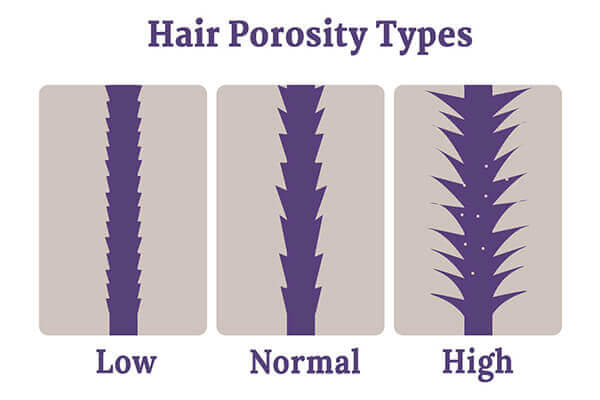
– Why we should check hair porosity:
High or low porosity does not reflect good or bad hair quality. Each type has its own advantages and disadvantages, so determining your hair porosity helps you use appropriate hair care methods. Bring high efficiency and do not damage hair
3. How to test hair porosity
There are many ways to quickly check your hair porosity, anyone can do it, can be done anywhere. Although it does not guarantee absolute accuracy, it will definitely help you determine what your hair trend is.
– Float Test:
- Take a few clean strands of hair and drop them into the cup of water and wait for about 3 minutes (make sure your hair is dry and clean before dropping it in).
- If the hair floats on the surface, it means your hair may have low porosity. On the other hand, if the hair sinks to the bottom of the cup, it may have high porosity. If it floats in the middle of the cup, it may be medium porosity.
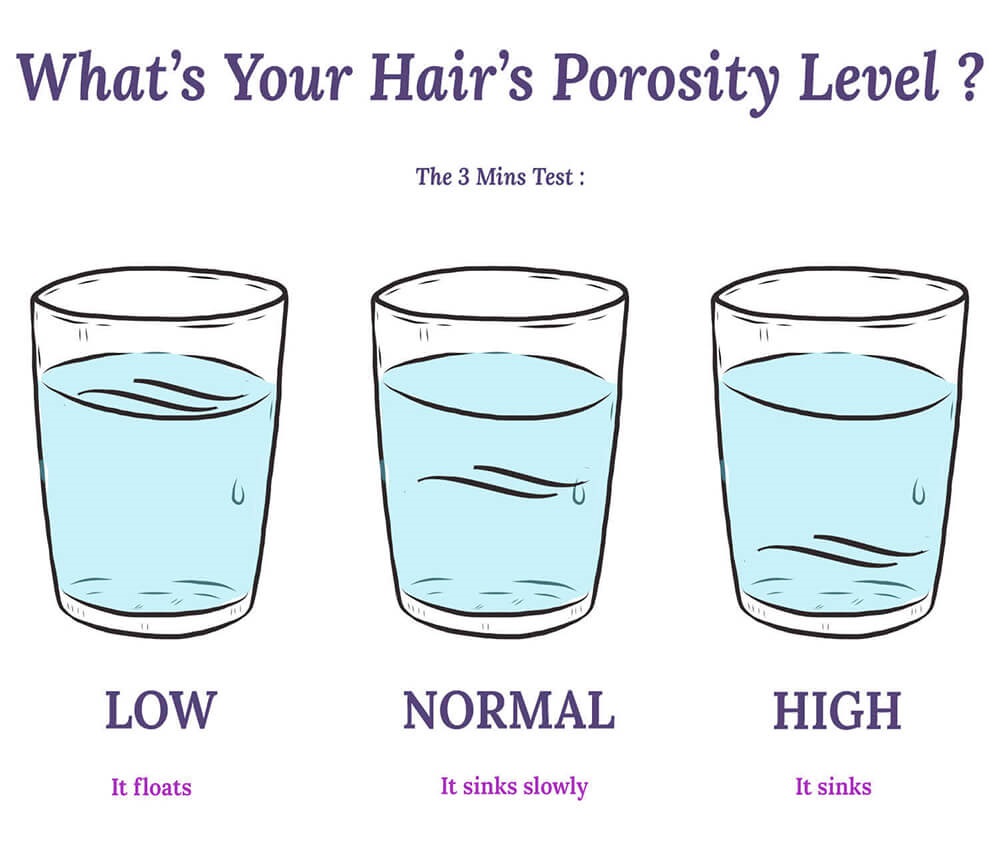
– The Strand Test:
- Take a strand of hair and stroke two fingers from the tails to the top
- If your fingers feel small bump, your hair may have high porosity
- Conversely, if it feels silky, your hair may have low porosity
– The Spray Test
- Take a spray bottle and spray a little water on your hair
- Look closely, if after a few minutes the water is still on the surface, your hair may have low porosity
- If the water is absorbed quickly, your hair may have high porosity
- And if the water is absorbed after a few minutes, your hair may have medium porosity
4. How to care according to hair porosity
– Low Porosity Hair:
Because of its impermeable nature, low porosity hair is resistant to humidity (it has difficulty absorbing moisture). But once it does absorb it, your hair won’t have to worry about drying out.
- Use mild shampoos that can easily penetrate the cuticle to help nourish the hair better
- Wash your hair with warm water before using conditioner to naturally open the cuticle, helping the hair absorb more nutrients
- Steaming your hair also helps open the cuticle and helps moisturize the hair better
- Be careful when using hair care products that add protein because it can make the hair stiff and brittle
– High Porosity Hair:
The hair easily absorbs and releases water makes it prone to frizz in humid weather, but extremely dry in hot weather. Because it has difficulty retaining moisture, hair is susceptible to damage from UV rays, chemicals, or heat.
- Use moisture-rich products with added protein to help hair stay shiny and moisturized longer
- Do not wash your hair too often as this can strip away the natural oils
- Do not style with excessive heat and limit tying your hair tighten
- Use wide-toothed combs to detangle and avoid breakage
– Medium Porosity Hair:
It does not have much difficulty in absorbing and retaining moisture and nutrients. Therefore, hair with medium porosity is relatively healthy, less damaged when using chemicals, heat treatment or UV rays. Medium porosity hair is quite easy to style and color, but should be limited to doing it regularly because it can gradually increase the porosity.
👉Top 10 Best Products for Hair Extension Care
Conclusion
High and low porosity hair both have their own advantages and disadvantages. Understanding your hair porosity will help you have the right hair care method, thereby helping you maintain stronger, smoother hair.

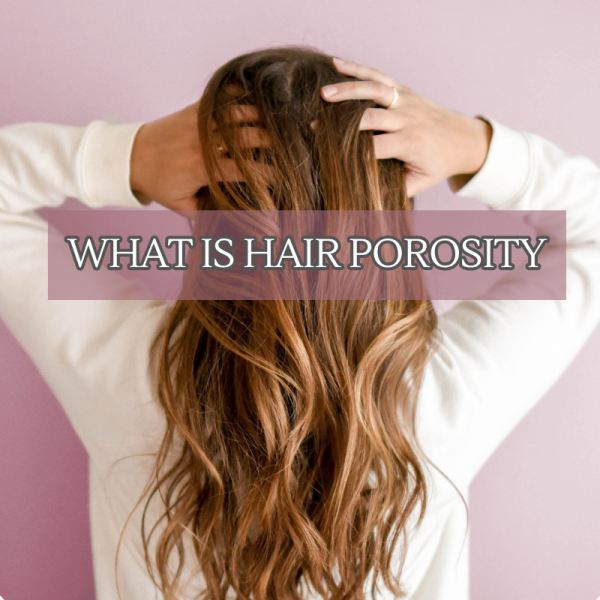
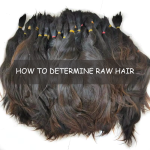
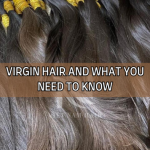


Your words feel like they’ve been chosen with the utmost care — each one placed to guide us towards greater understanding.